With so many hormones surging in your body, it’s impossible to keep track of each name and their significance for your health. However, having the knowledge about all of the different hormones can give you a better understating on how they affect your health and body functions.
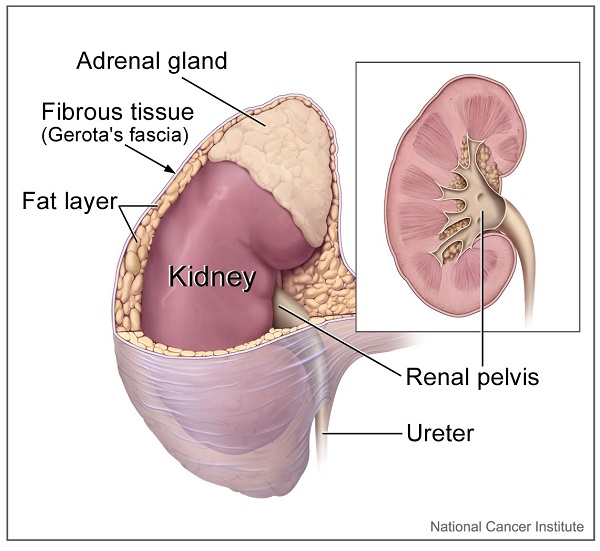 Progesterone is one of the female hormones released from the ovaries and adrenal glands that plays a key role in regulating important female functions,
Progesterone is one of the female hormones released from the ovaries and adrenal glands that plays a key role in regulating important female functions,
such as regular menstrual cycles and preparing the body for pregnancy. Progesterone is not only present in women, but in men and children, as well.
Throughout a woman’s fertile years, the brain produces hormones, namely the follicle stimulating hormone (FSH) and luteinizing hormone (LV). Both trigger the maturation and release of a new egg from the ovary, or ovulation every month.
During the first half of the menstrual cycle, after the release of the egg,the corpus luteum in your ovaries produces estrogen and progesterone to create a friendly environment for the egg.
On the next half of the menstrual cycle, estrogen and progesterone levels continue to elevate.
They thicken the uterus lining or the endometrium, so it can store special proteins to prepare the uterus for carrying and nourishing a fertilized egg.
At this time, you will experience breast tenderness, bloating and mood swings, or premenstrual syndrome (PMS).
If the attaching of a fertilized egg in the uterus does not occur, estrogen and progesterone levels drop, the thickened endometrium returns to normal, and menstruation will follow.
But, if the egg is fertilized and attaches itself to the uterus, pregnancy will occur. When this happens, estrogen and progesterone levels continue to rise, preventing further ovulation during pregnancy. During pregnancy, progesterone is produced by the placenta.
Sources of Progesterone
 Progesterone levels can drop due to many factors, resulting in disrupted female functions.
Progesterone levels can drop due to many factors, resulting in disrupted female functions.
Thus, women need to fill in the insufficient amount through supplements made from synthetic progesterone called progestin.
The progestin in most supplements comes from a compound called diosgenin. It is found in wild yams and soy. In manufacturing laboratories, they convert diosgenin to another compound before converting it into progesterone. However, eating wild yam and soy will not elevate progesterone levels, because the body cannot turn diosgenin into progesterone.
- Progesterone Cream
 These products are commonly used for relieving menopausal symptoms, mainly hot flashes and hormone-induced allergies.
These products are commonly used for relieving menopausal symptoms, mainly hot flashes and hormone-induced allergies.
There is no specific amount required for applying progesterone creams, so you don’t have to limit its use, unless your doctor instructs you to do so. Apply sufficient amounts until symptoms start to ease off.
 Progesterone Gel
Progesterone Gel
Applying progesterone gels inside the vagina can help expand the cervix. It can also relieve breast pain not related to breast cancer, and prevent and cure endometrial hyperplasia, or the abnormal thickening of the uterus lining. Intravaginal progesterone gel is an FDA-approved treatment for infertility.
- Pills
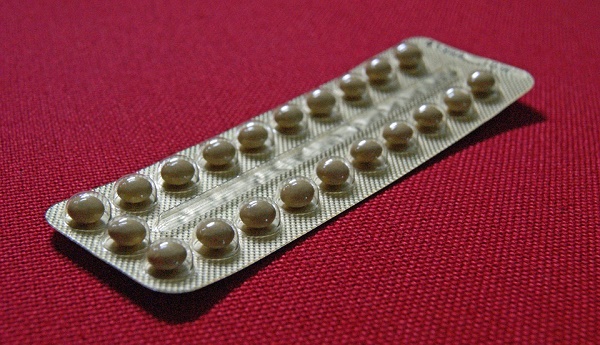 Birth control pills and hormone replacement therapy (HRT) usually use a combination of estrogen and progestin, or another form of synthetic progesterone.
Birth control pills and hormone replacement therapy (HRT) usually use a combination of estrogen and progestin, or another form of synthetic progesterone.
Birth control pills inhibit ovulation to prevent pregnancy, while a combination of estrogen and progestinHRT helps regulate menstrual periods; ease menopausal symptoms, treat uterine bleeding, endometriosis and breast cancer.
Some contraceptive pills only contain progestin and do not block ovulation, but rather thickens the cervical mucus to prevent the sperm from entering the fallopian tube to meet with a matured egg.
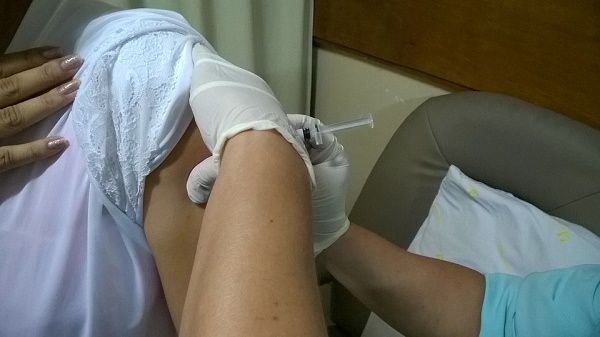 HRT Injections
HRT Injections
Menopausal women can also opt for HRT through injections in acertain dosage. Usually, it is a combination of estrogen and progestin.
However, if you underwent a hysterectomy or the removal of the uterus, you can use estrogen-only HRT.
The Effects Of Progesteroneon The Breasts
Progesterone not only impacts reproductive function, but it can also affect breast growth and its functions. Here are the five main ways it affects the breasts:
 1. It helps To Relieve Breast Pain
1. It helps To Relieve Breast Pain
Women experiencing mastodynia or breast pain can relieve it by applying progesterone gel in the vagina.
It can effectively reduce pain and breast tenderness not related to breast cancer.
2. It Increases Fluid Retention During Menstruation
At the second half of the menstrual cycle, progesterone levels continue to rise, increasing the body’s ability to retain fluids. Notice that your breasts are fuller and tender before and during menstruation.
3. It Stimulates Secretion And Lactation During Pregnancy
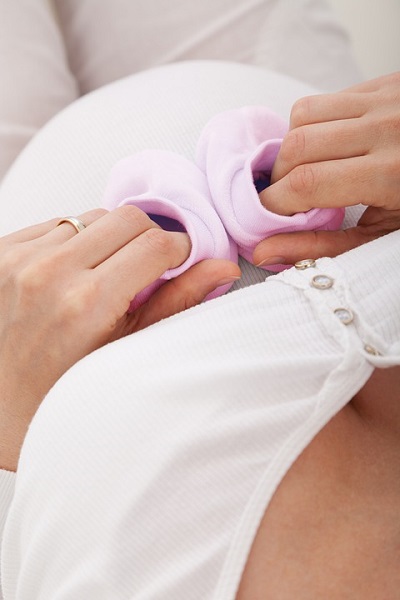 During puberty, estrogen is the hormone mainly responsible for breast growth.
During puberty, estrogen is the hormone mainly responsible for breast growth.
During your reproductive years, progesterone is one of the hormones responsible for activating your mammary glands, so your breasts can produce milk.
When you become pregnant, progesterone stimulates the glandular tissue to secrete milk. And, progesterone along with estrogen, prolactin and other hormones work together to prepare the breasts for lactation.
Interestingly, although progesterone helps in secretion of milk and lactation, it blocks the release of milk before giving birth.
4. It Contributes To Breast Size
 Estrogen always seems to be the hero when it comes to breast size, but progesterone plays a huge part, as well. It governs the buildup of fats in the breasts to prepare fat nutrients for breastfeeding.
Estrogen always seems to be the hero when it comes to breast size, but progesterone plays a huge part, as well. It governs the buildup of fats in the breasts to prepare fat nutrients for breastfeeding.
Milk from breastfeeding contains about 32 percent of fats. After giving birth, progesterone levels decrease, and so does your breast size.
If you are looking to enhance your breasts permanently, TotalCurve products will give you fuller, firmer breasts. TotalCurve Firming and Lifting Gel and TotalCurve supplements contain natural ingredients that contain breast growth-inducing hormones. After you shower, you can apply the gel through a gentle massage. You can take the supplement in the morning or before going to bed.
5. It Increases The Risk Of Breast Cancer In Menopausal Women
The role of progesterone in the development of breast cancer is quite controversial.
 In various studies and analysis, progesterone can increase a woman’s risk of developing breast cancer, while it can also inhibit the growth of cancer cells.
In various studies and analysis, progesterone can increase a woman’s risk of developing breast cancer, while it can also inhibit the growth of cancer cells.
But, in most of these research studies, the effects of progesterone in the body was highly dependent on the interaction of progesterone with other hormones and a woman’s current health state.
The Million Women Study published in The Lancet in August 2003 suggests that postmenopausal women who used a progesterone and estrogen combination hormone replacement therapy for more than 10 years have higher risks of developing breast cancer.
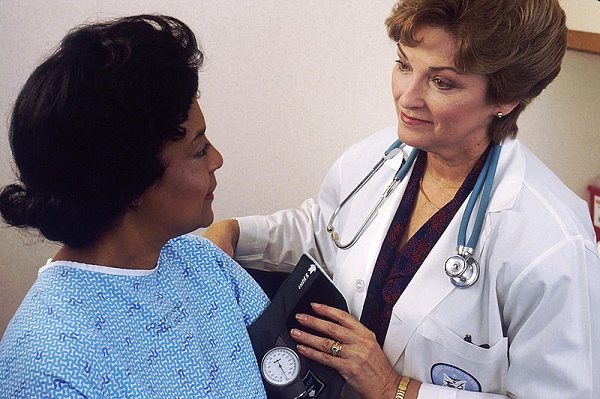 The authors assessed that five out of 1,000 postmenopausal women who used estrogen-only therapy developed breast cancer, while 19 out 1,000 postmenopausal women who used combination therapy developed breast cancer.
The authors assessed that five out of 1,000 postmenopausal women who used estrogen-only therapy developed breast cancer, while 19 out 1,000 postmenopausal women who used combination therapy developed breast cancer.
Progesterone plays a vital role in reproduction, particularly in women. But, its role in breast development and other functions is often disregarded. Now that you understand how progesterone affects your breasts, be sure to talk to your doctor about it. They can help you if you experience any hormone-related problems, as well as keep you safe from the risks.

 Progesterone Gel
Progesterone Gel HRT Injections
HRT Injections 1. It helps To Relieve Breast Pain
1. It helps To Relieve Breast Pain